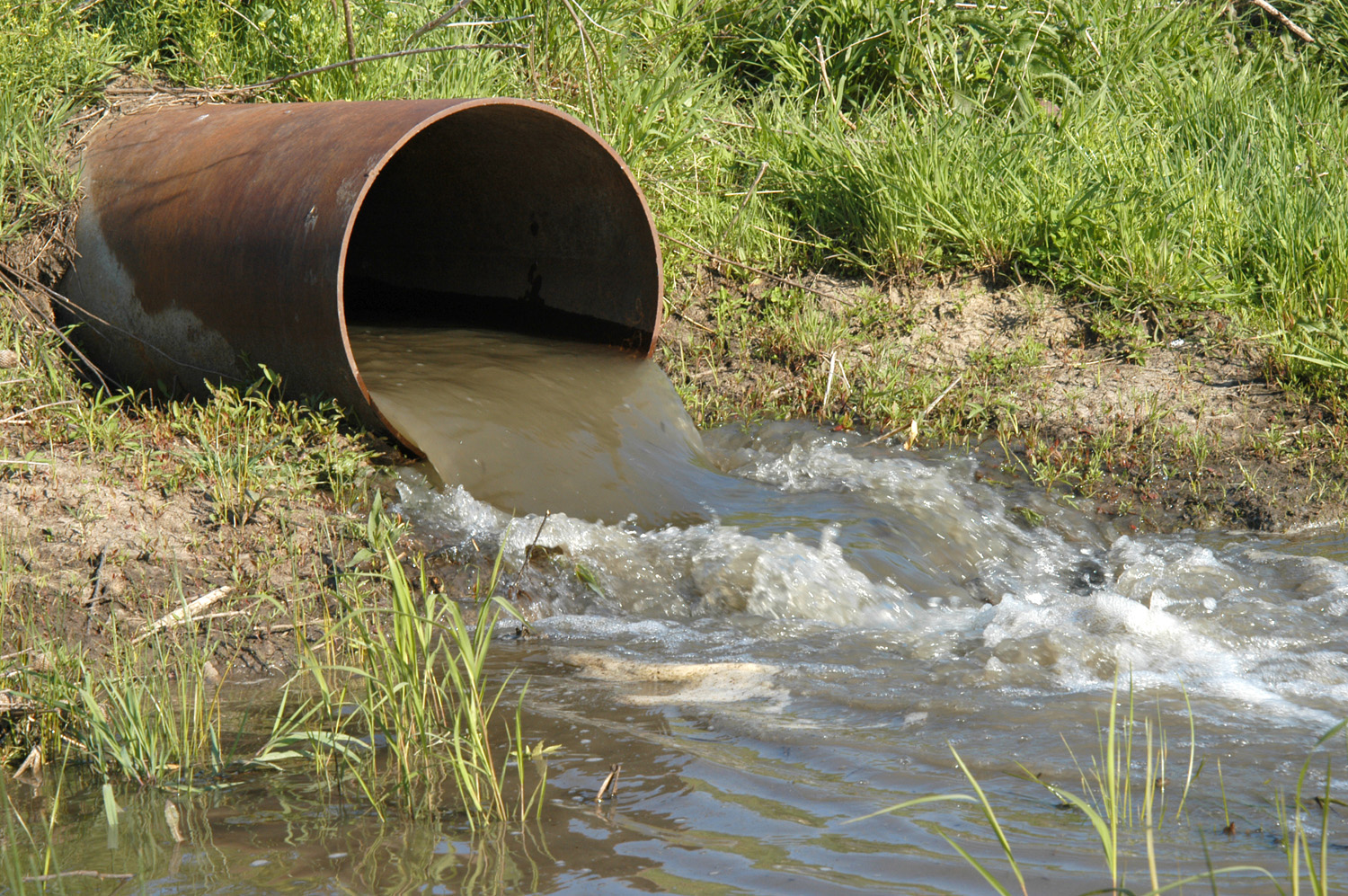Building Energy around H20
A first-timer's watery perspective on BuildingEnergy 15
As a first timer at BuildingEnergy, there was a lot for me to learn. Luckily, I began this journey under the auspices of welcoming NESEA community and was meeting fellow sustainability enthusiasts from all corners of the profession. From March 3-5, I felt like I wasn’t just a stranger within this new community, but welcomed with open arms into the history and future of this influential organization.
I discussed internship opportunities and career goals with first timers like myself at the career forum. Between hotel elevator run-ins and after-sessions conversations, I also rubbed elbows and soaked in the wisdom from those magical few helped start the movement like Marc Rosenbaum. It was from these varied experiences that I gained a solid perspective of what NESEA has been, is, and will be.
As a current intern at NESEA, there was no need for anyone to sell the organization to me, yet everywhere I turned, all I heard was how engaged, committed, kind, and resilient this community was and I couldn’t agree more. As previous NESEA ED Alex Wilson discussed, the organization has formed over the years to become what it is only after significant consideration and reevaluation of that community’s needs. In 1974, it was all about solar. In 1983, the organization broadened its focus to energy efficiency in buildings. As water conservation gains attention for its key role in sustainability, will 2015 be the year that NESEA reshaped its future again to include water?
"We need the same amount of energy & thought in building energy put to water." - Ken Mirvis
 Energy is difficult to create. It requires a lot of effort and investment to make those turbines move and produce electricity into our grid. As energy prices rise and our dependency on fossil fuels grows more problematic, the conversation around energy has been growing. The EPA notes that the commercial and residential sectors account for 10% of the total U.S. greenhouse gas emissions. The first step listed for “reduction opportunities” in this sector is through improving energy efficiency. The second is through improving drinking and wastewater systems, which accounts for 3-4% of national energy usage.
Energy is difficult to create. It requires a lot of effort and investment to make those turbines move and produce electricity into our grid. As energy prices rise and our dependency on fossil fuels grows more problematic, the conversation around energy has been growing. The EPA notes that the commercial and residential sectors account for 10% of the total U.S. greenhouse gas emissions. The first step listed for “reduction opportunities” in this sector is through improving energy efficiency. The second is through improving drinking and wastewater systems, which accounts for 3-4% of national energy usage.
NESEA has made it their goal for the last nearly half a century to work on this first target - promoting sustainable energy practices in the built environment to make an enormous difference in the communities where these practices are implemented. They also have a holistic approach to achieving this sustainability target and this year, BE15 addressed that second part of the EPA’s energy reduction measure - water.
“Reinventing the Water Grid” brought together not only green builders and NESEA-frequenters like Nadav Malin, but also a local think tank leader Robert Leaver of the New Commons, founders Kim Nace and Abe Noe-Hays of the Rich Earth Institute (an organization exploring the intersection of agriculture and sanitation), prominent educator and author Ken Mirvis, and the New England Region’s EPA Administrator Curt Spalding. This diverse panel brought years of experience in various sectors and a common drive to “create a conversation at NESEA about water -- on the scale of energy.”
“These high value places are so at risk, that we care about so much, we’re going to lose if we don’t care about the water grid.” - Curt Spalding
NESEA is the region’s foremost membership organization working on sustainability in the built environment. They have hundreds of members and even numerous lifetime members that have been around for decades previous and will be working for decades more. They’re a well established organization with deep roots in the building community, but water hasn’t been part of the conversation much - until now. This two-part session was strategically planned, with each speaker giving a short, five-minute introductory speech on their specific topic area and then a moderated discussion by Nadiv and the audience, followed by highlighted take home messages by Robert that were live composed from the session itself. The coordination was flawless and the panelists’ clear enthusiasm created a lively discussed with the audience, highlighting the high level of interest in the topic and its relevance to building energy.
 As Ken Mirvis said, “Every drop of water saved saves energy; every bit of energy saved saves water.” The two are impossibly intertwined and we won’t be able to solve our energy problem - in buildings or in general - without appropriately addressing the issue of water usage within those buildings or that lifestyle. One of the key issues present is the fact that water falls from the sky for free, yet we’re still grossly underpaying for it. Managing water treatment and infrastructure is costly and consumers don’t give it a thought, nor are they encouraged to with the current system. “When you save energy, you save money. That's not the case with water.” There’s a dire need to change the ways in which policy, behavior, technology, and design interact with the water sector.
As Ken Mirvis said, “Every drop of water saved saves energy; every bit of energy saved saves water.” The two are impossibly intertwined and we won’t be able to solve our energy problem - in buildings or in general - without appropriately addressing the issue of water usage within those buildings or that lifestyle. One of the key issues present is the fact that water falls from the sky for free, yet we’re still grossly underpaying for it. Managing water treatment and infrastructure is costly and consumers don’t give it a thought, nor are they encouraged to with the current system. “When you save energy, you save money. That's not the case with water.” There’s a dire need to change the ways in which policy, behavior, technology, and design interact with the water sector.
“Energy is 20th century technology and we’re rethinking it. Water is 19th century technology and we’re barely sustaining it.” - Ken Mirvis
 The Rich Earth Institute highlighted the role of nutrients in the water system and proposed a solution - 99% of wastewater is tap water down the drain. Less than 1% is human urine - a small enough amount to be able to divert out of the wastewater system to decrease costs. This is all the more important due to the fact that that tiny percentage of liquid accounts for about 75% of the nutrients (Nitrogen and Phosphorus) in the wastewater. If these high-level nutrients are diverted out of the waste stream and instead separately treated for use as fertilizer, not only are we recovering those nutrients that would harm our ecosystem, but we’re also removing the production and application of synthetic fertilizers on our crops. This separation at the source creates a sustainable, closed system of eating, excreting, returning to the soil, and growing again.
The Rich Earth Institute highlighted the role of nutrients in the water system and proposed a solution - 99% of wastewater is tap water down the drain. Less than 1% is human urine - a small enough amount to be able to divert out of the wastewater system to decrease costs. This is all the more important due to the fact that that tiny percentage of liquid accounts for about 75% of the nutrients (Nitrogen and Phosphorus) in the wastewater. If these high-level nutrients are diverted out of the waste stream and instead separately treated for use as fertilizer, not only are we recovering those nutrients that would harm our ecosystem, but we’re also removing the production and application of synthetic fertilizers on our crops. This separation at the source creates a sustainable, closed system of eating, excreting, returning to the soil, and growing again.
These out-of-the-box ideas are exactly what the water system needs to reinvent itself and becoming a more sustainable part of the building sector. The energy system is 20th century technology and this year’s BE15 keynote discussed the (very relevant) need to rethink the energy grid. The water grid on the other hand is 19th century technology and not many are discussing this pressing issue. However, this year has proven that NESEA is doing its part in ensuring water gets the attention and energy it deserves and putting the resources and member-driven power of the organization behind this crucial issue.
Our Mission
NESEA advances sustainability practices in the built environment by cultivating a cross-disciplinary community where practitioners are encouraged to share, collaborate and learn.



Add comment